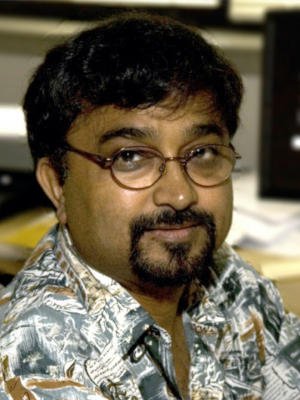Jackson School of Geosciences
The University of Texas at Austin
Mrinal Sen is a specialist on seismic wave propagation including anisotropy, Geophysical inverse problems, and methods for constructing synthetic seismograms in heterogeneous media. His areas of research include classical whole earth seismology, applied seismology and inverse theory. Over the years, he worked on several geophysical parameter estimation problems. He and his colleagues were able to demonstrate that global optimization methods such as simulated annealing (SA) and genetic algorithms (GA) can be used effectively for several geophysical applications such as seismic waveform inversion, gravity interpretations, and seismic migration velocity analysis. He also showed how one could apply Gibbs’ sampling and the Metropolis rule to characterize uncertainties and the posterior probability density function (PPD) in model space. He has extended seismic plane wave analysis methods to anisotropic media and developed techniques for estimating the parameters that determine the degree of anisotropy. His most recent accomplishments in exploration seismology include developing novel methods for characterizing reservoirs using seismic and well log data, estimating P- and S-wave velocity models for sediments containing gas hydrates from seismic reflection data, and, improving seismic imaging and velocity estimation methods in structurally complex areas. In whole earth seismology he has estimated the anisotropy in the D” region of the earth’s deep interior. He is continuing to actively pursue research problems that require development of new analytic and numerical methods in both exploration and whole earth seismology. For example using seismic reflection data particularly from zones of gas hydrates, he is attempting to find high resolution compressional and shear wave velocities and relate these to gas and hydrate concentration levels and their distribution. For 3D exploration reflection seismic data he is attempting through model based inversion methods to relate these data to reservoir properties and their changes during production via seismic time lapse data. His recent works include: uncertainty quantification using trans-dimensional Hamiltonian Monte Carlo methods, error analysis of finite difference and finite element methods, and Physics-based machine learning for seismic data analysis.


